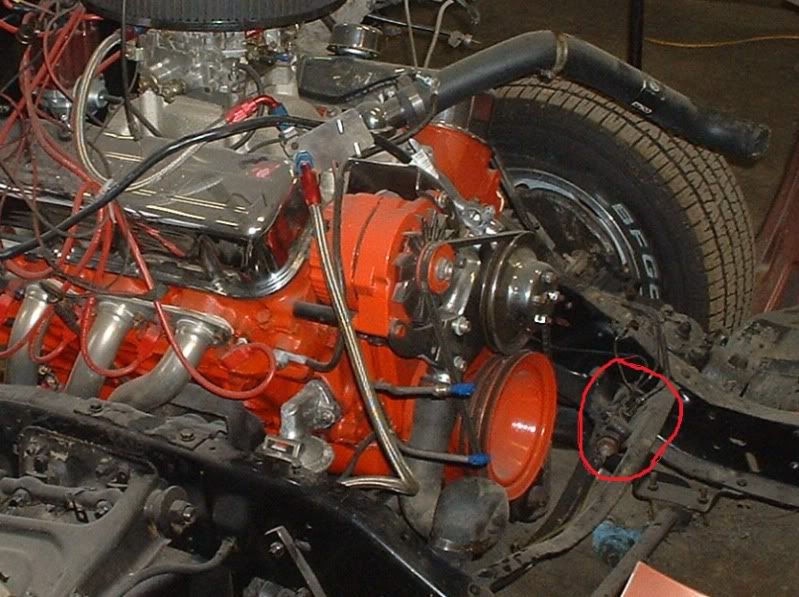Sorry for the stupid questions, but most of my "builds" have been hopups and engine swaps,never built from nothing before..
I'm doing a 90° under dash master cylinder on my truck project..I understand the benefits of adding an adjustable proportioning valve inline..But my question is what is it the factory put on most vehicles..I assume its similiar but nonadjustable? Just not real sure.. Here is the one from my 82 chevy,I don't know the function of it, but do I need to add one, or is just an adjustable aftermarket valve plenty?

I'm doing a 90° under dash master cylinder on my truck project..I understand the benefits of adding an adjustable proportioning valve inline..But my question is what is it the factory put on most vehicles..I assume its similiar but nonadjustable? Just not real sure.. Here is the one from my 82 chevy,I don't know the function of it, but do I need to add one, or is just an adjustable aftermarket valve plenty?



















































